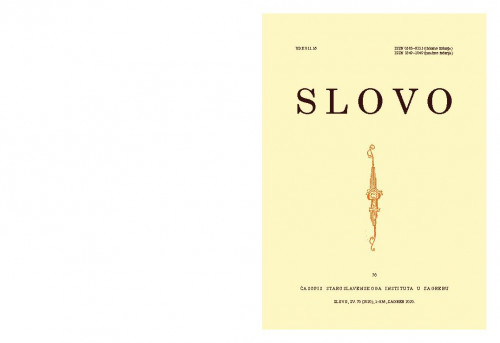Na primjeru Drugoga beramskoga brevijara prikazuje se odnos pripadnika tzv. glagoljaške »čitateljske zajednice« prema liturgijskoj knjizi. Polazi se od pretpostavke kako usporedno čitanje liturgijskih i neliturgijskih tekstova može dovesti do novih zaključaka o odnosu glagoljaša prema knjizi unutar određene »zajednice«. U radu se istražuju tragovi čitanja različitih članova čitateljske zajednice koju su činili prevoditelji, pisari, naručitelji, čitatelji i dr. Pisar ali i čitatelji u tekst unose upozorenja i savjete vjerojatno poučeni iskustvom katkada nespretnoga čitanja i razumijevanja, s namjerom da takvim uputama osnaže »kritična mjesta« u tekstu. Njihovi različiti zapisi, ali i način prepisivanja teksta, ocrtavaju brigu oko recepcije brevijarskoga teksta.; The Second Beram Breviary from the 15th century reflects the relationship between members of the Glagolitic reading community and liturgical books. Although the study of the latter is in its early stages, a parallel reading of liturgical (but also non-liturgical) books can lead to new conclusions about the relation of the Glagolites toward books within a given »community«. Traces of reading the breviary were left by different members of the community: translators, scribes, readers, users, etc. The scribe and readers/users write down instructions and admonitions, probably prompted by the occasional mistaken reading or understanding of any given text. As the breviary is a liturgical book, the correct transmission of the lesson was of utmost importance. Therefore some »critical places« were reinforced by such instructions, which occur most often is sermons and parts of saints’ legends, but are usually omitted from the Gospel passages. Various notes and the ways in which texts were copied from older sources reflect the importance given to the reception of the given text.
Sažetak

 Slovo : časopis Staroslavenskoga instituta u Zagrebu : 70(2020) / glavna i odgovorna urednica Vida Vukoja.
Slovo : časopis Staroslavenskoga instituta u Zagrebu : 70(2020) / glavna i odgovorna urednica Vida Vukoja.